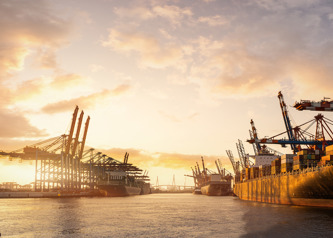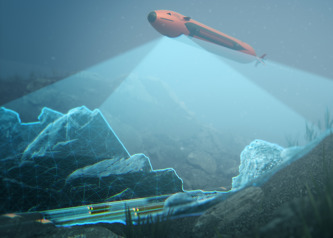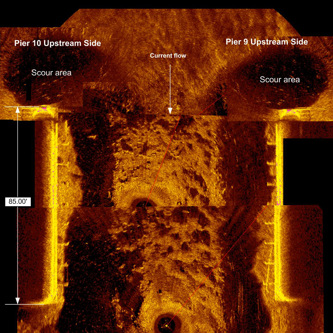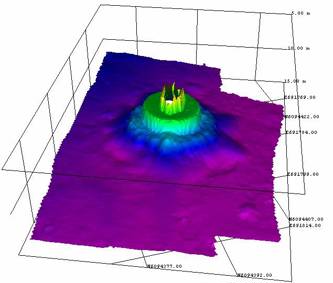Discoveries - where innovation meets integration
Our Discoveries-section is where innovation and integration converge. Here, we present the products and applications in harmony, highlighting their synergy in enhancing your daily experiences and operations.
Delve into these innovations and discover how they can seamlessly integrate into your applications and operations.
Select category

Vessel position keeping
What happens if your GNSS signals are interfered with or lost?

Autonomous operation
Resilient navigation enables autonomous vehicles, like drones or robots, to operate independently in environments where human intervention is difficult or impossible. This is particularly useful for applications in subsea operation, search and rescue, inspection tasks and military operations.

Inertial navigation
nertial

Satellite surveillance
With operational areas of interest as large as oceans, it pays to have a high-level view of assets, activity and an ever fluid risk picture. Satellites help tackle the challenges of conducting surveillance at scale, monitoring and analysing marine activity on a local, national and international level to enable informed, fast and optimal decision making. From seeing the ‘big picture’ to diving into the details of individual vessel activity, satellites provide a platform for the identification and prediction of potential risk, enabling opportunity for timely action to safeguard critical infrastructure.

Ports and harbours
Ports and harbours face constant challenges from harsh marine environments and vessel activity, with underwater structures, including quay walls, pier supports, jetties, cables, and pipelines, at particular risk from corrosion, marine growth, and damage from ship traffic. Geopolitical instability adds additional risk, with busy trade hubs emerging as natural targets for bad actors. As such, scheduled and pro-active monitoring, surveillance and inspection procedures are essential. Innovative technology can help overcome both environmental and operational challenges, helping maintain structural integrity, reduce costly repairs, avoid disruption, and ‘keep ships sailing’.

Subsea Inspection
Critical subsea infrastructure may be out of sight, but it should never be out of mind. With power and communication cables, energy pipelines, and vital installations crisscrossing the seafloor, the need for continual monitoring and robust inspection practices is paramount. However, the scale of developments, the depth of deployment, and the often-demanding operational environments create obvious challenges for owners, operators, governments and other key stakeholders. These challenges must be overcome to counter threats ranging from corrosion, marine growth, and physical damage from currents, through to accidental damage from human activities, and planned attacks.

Data fusion for digital twins
To ensure the integrity and longevity of infrastructure above and below the waterlines, civil engineers are increasingly utilising digital twin technology. This requires specialised knowledge and competency, correctly synchronising 3D images above the waterline (LIDAR or high-resolution geo-referenced data) with 2D and 3D sonar data below the waterline.

Monitoring of bottom changes
Scouring and siltation can occur slowly or, exacerbated by tidal flow and environmental conditions (such as heavy rain or droughts), extremely quickly. Scour poses severe risk to infrastructure, with the danger of catastrophic failure of bridge piers and port structures. Larger vessels, with more powerful propulsion systems, aggravate this issue, while also depositing material in critical navigation channels. Scheduled, proactive and high-quality monitoring is essential.

Safety inspections
High resolution structural inspection imaging Incidents such as hard dockings, collisions and harsh weather can damage structures such as vessel berths, bridge piers and mooring systems, necessitating immediate closure for safety inspections. Time and quality is of the essence in such tasks, with complete safety a prerequisite for resuming operations as quickly as possible. However, divers often struggle to conduct inspections, exposing themselves to risk, disrupting planned operations and facing low – or sometimes zero – visibility conditions.
Showing 9 of 15